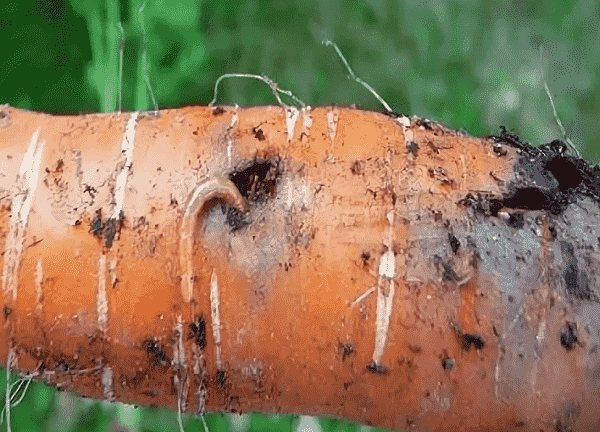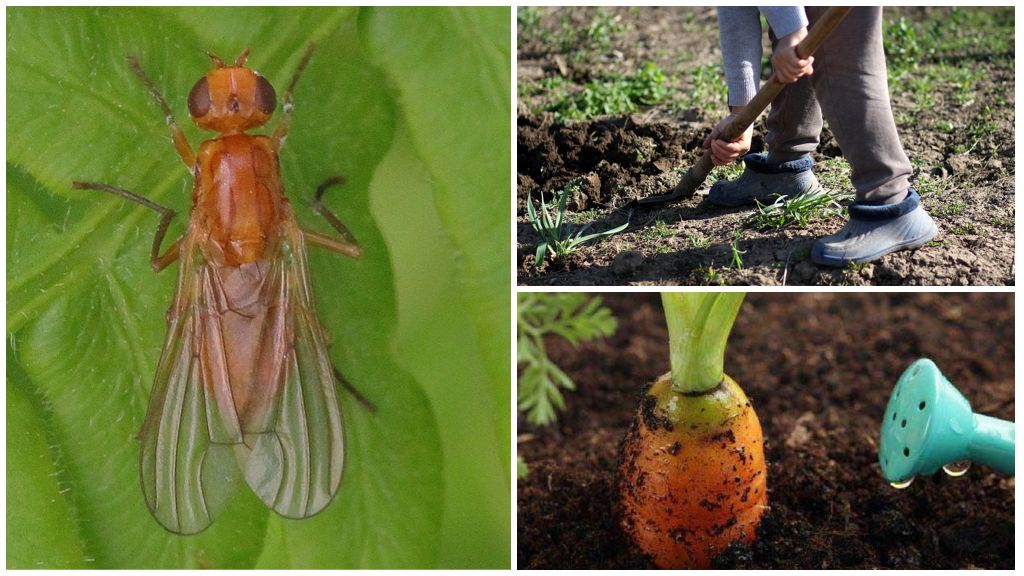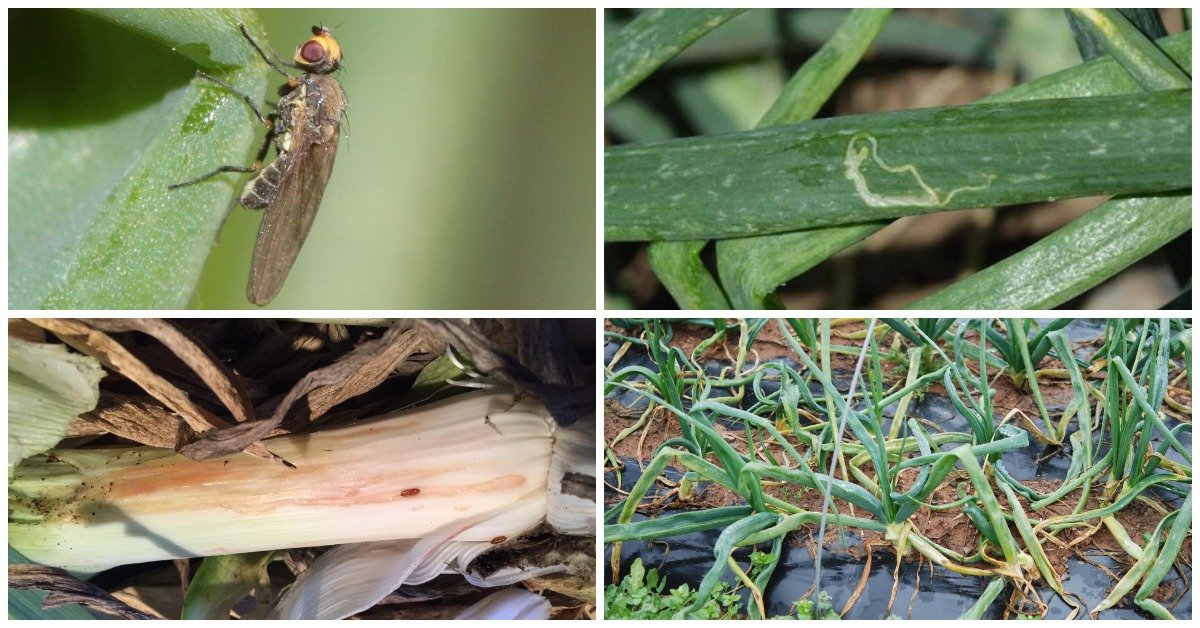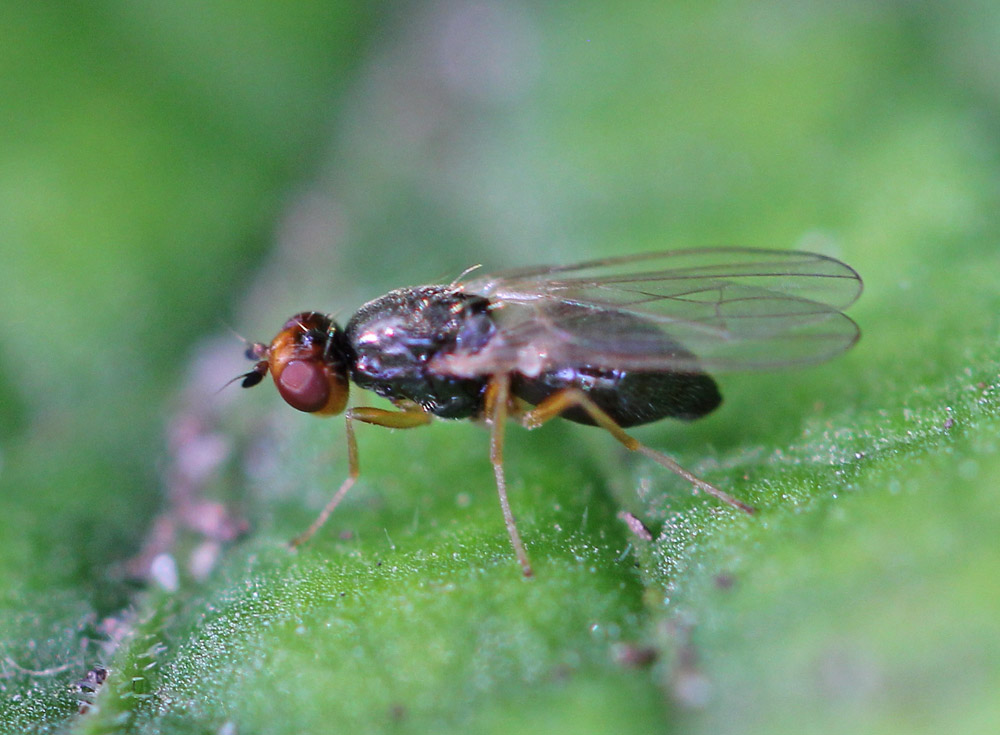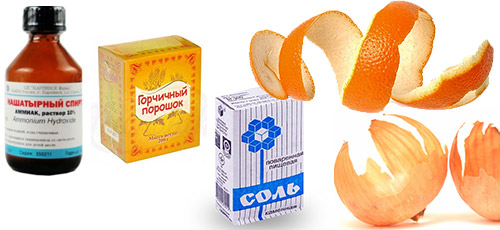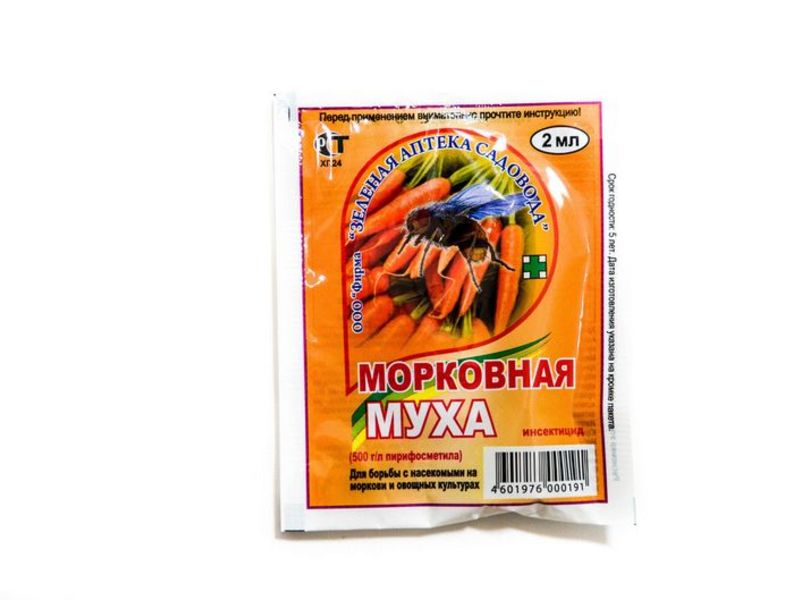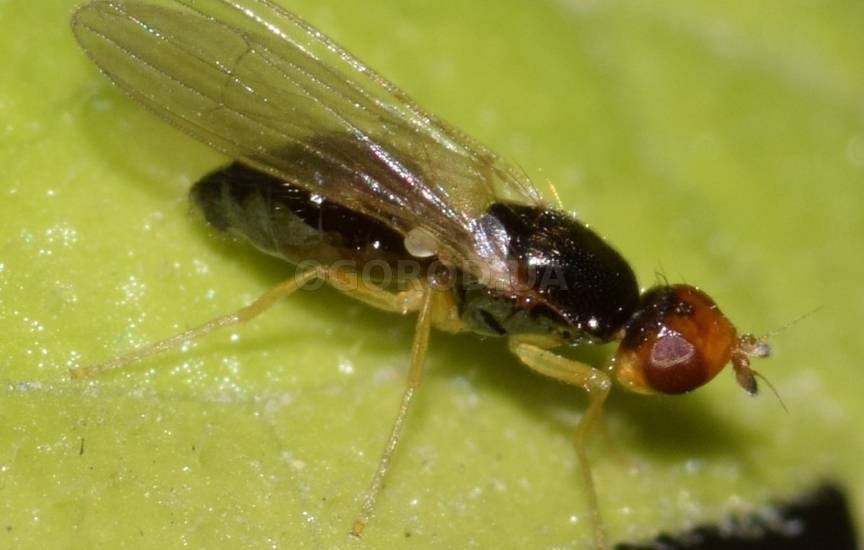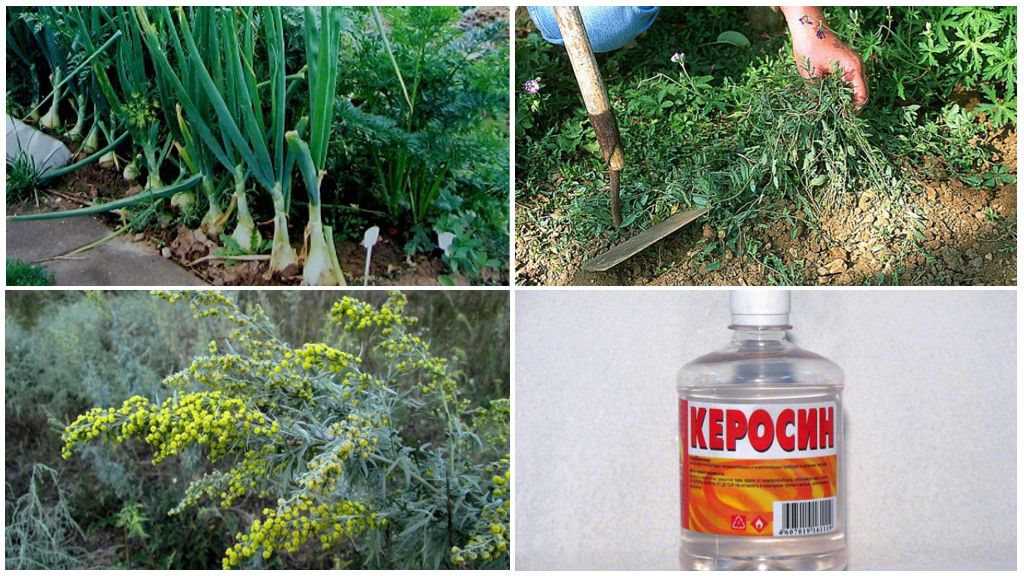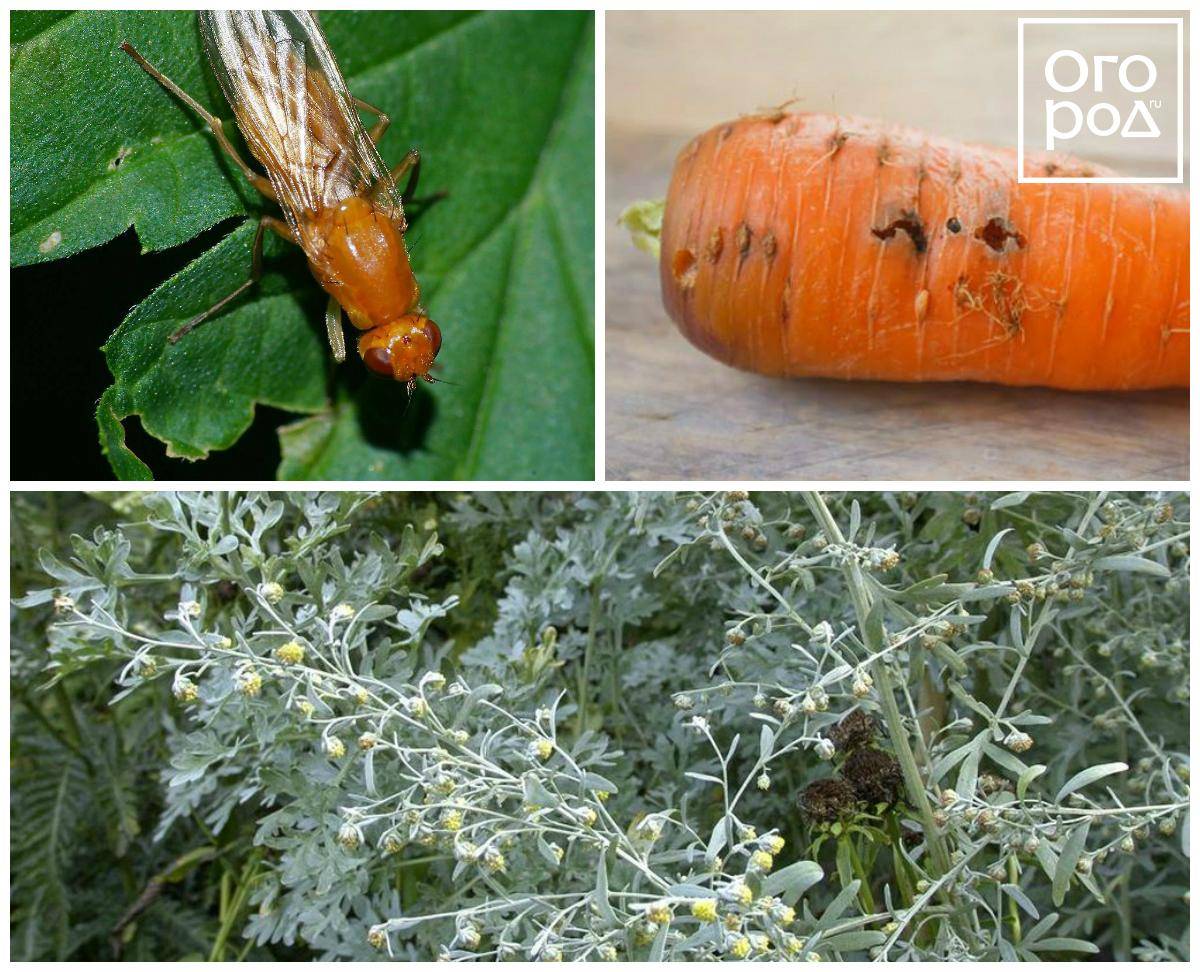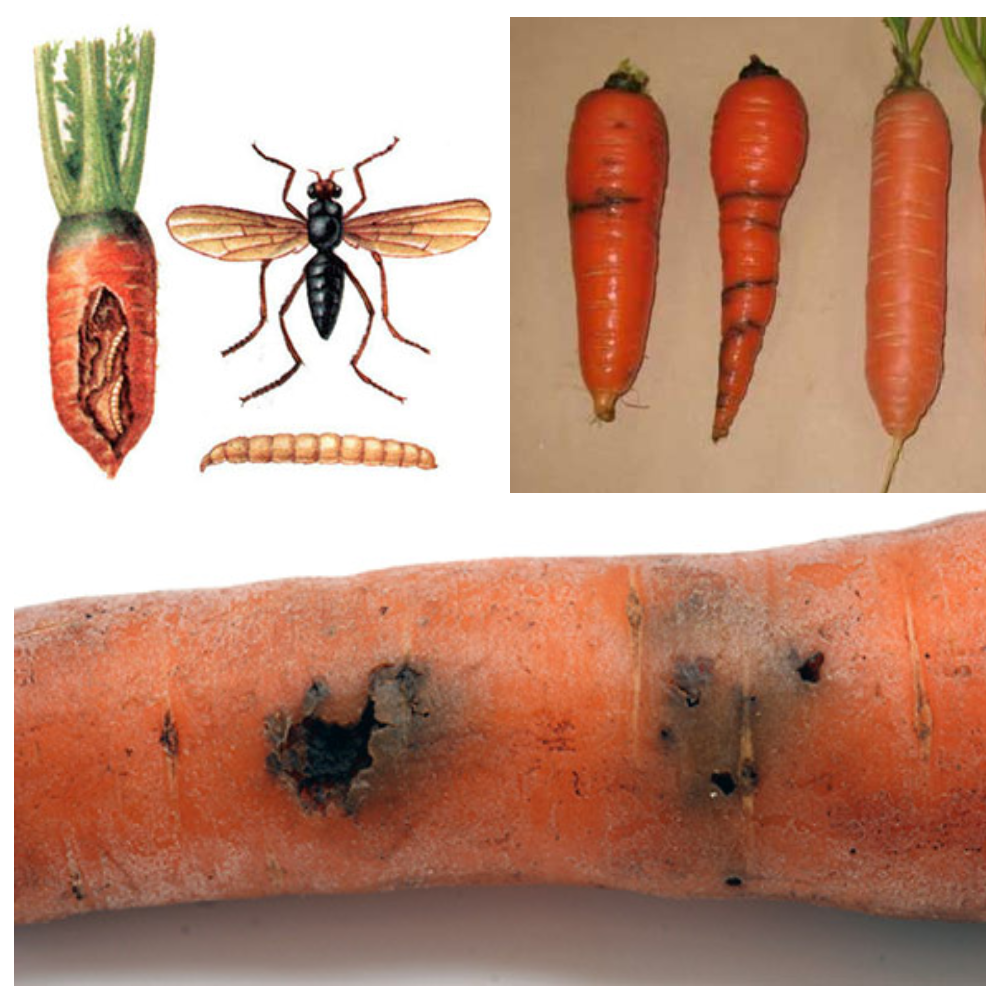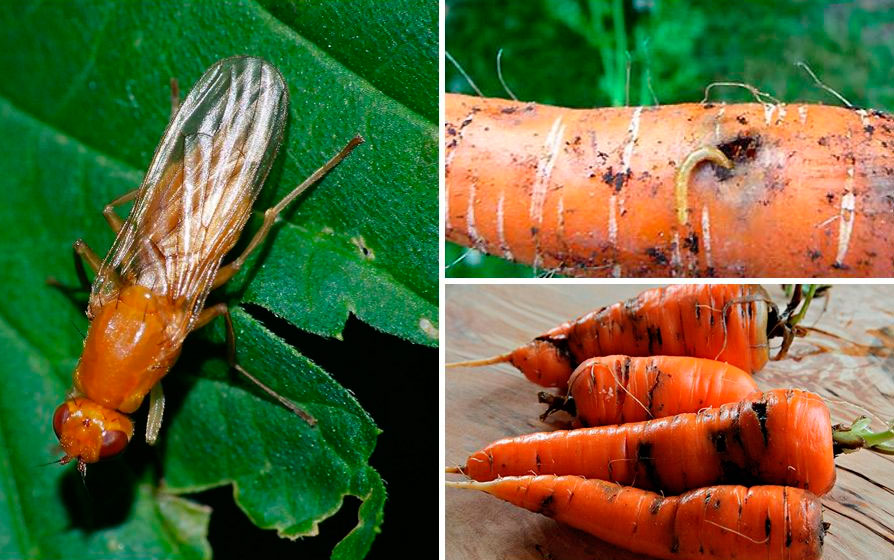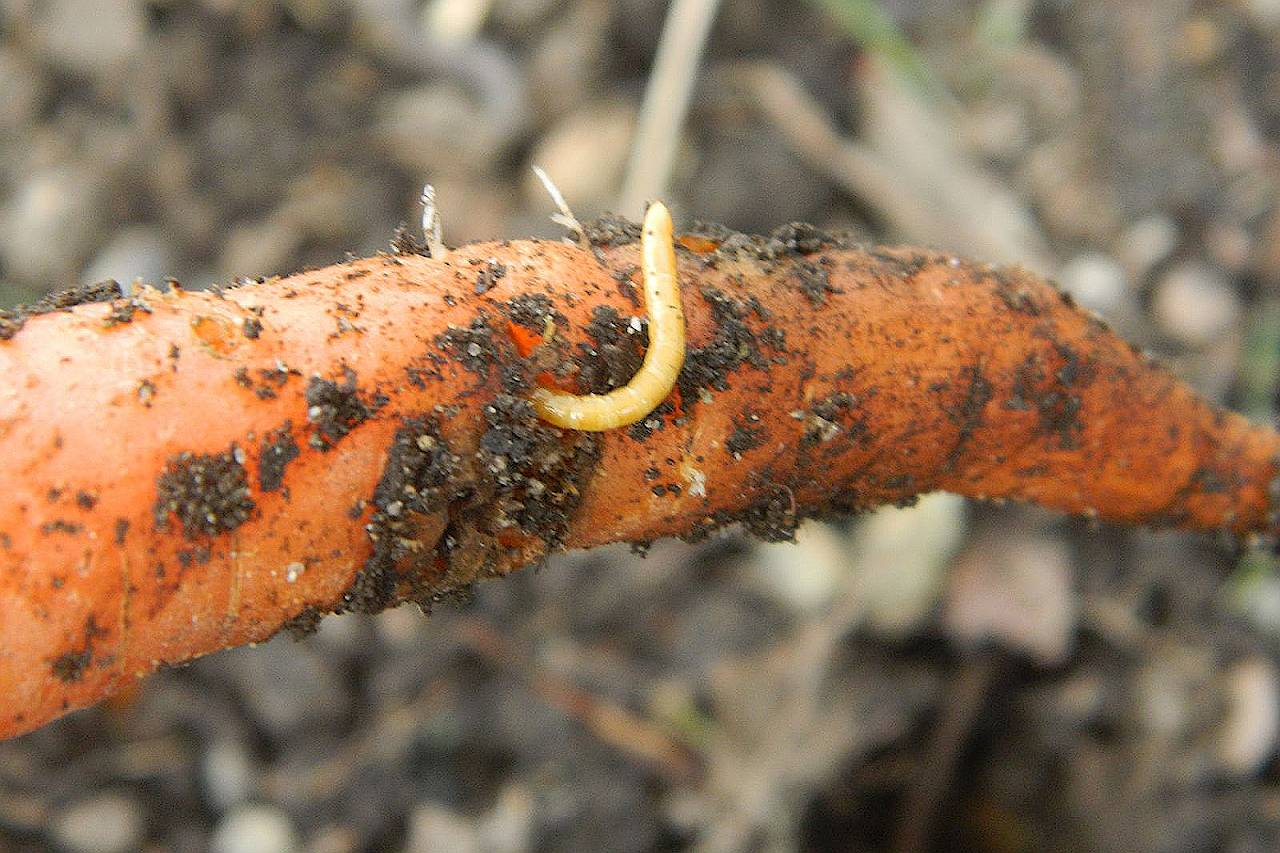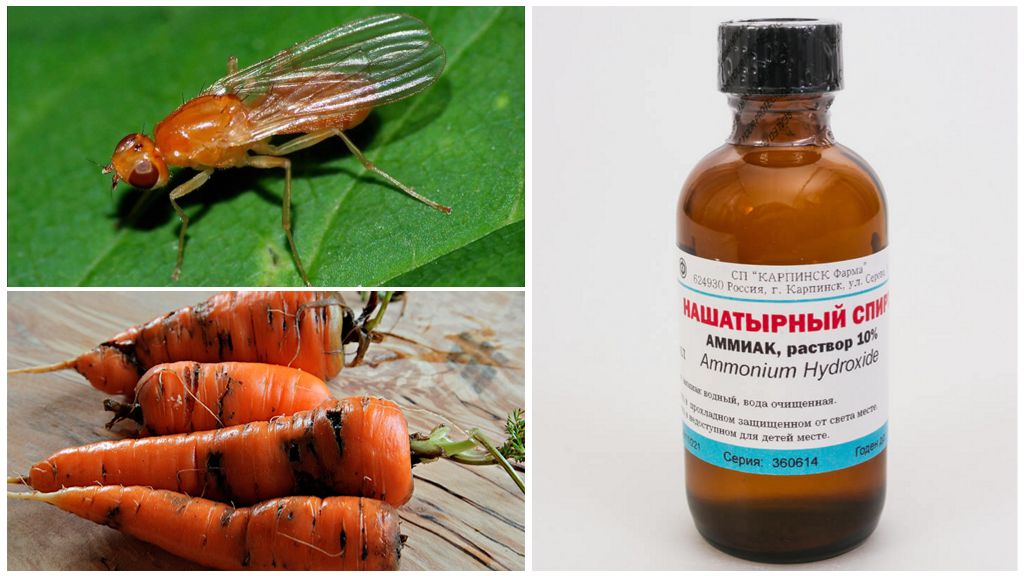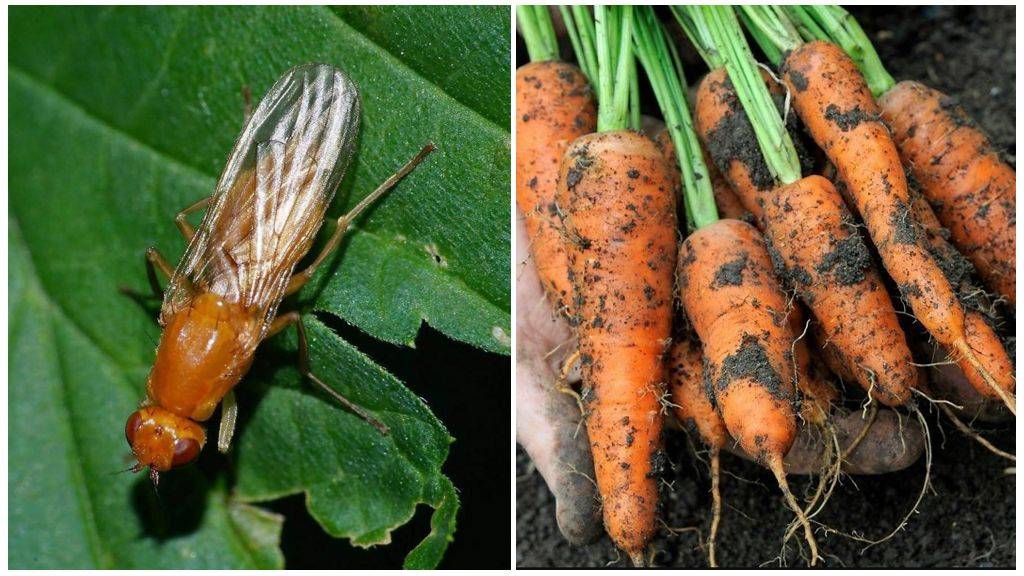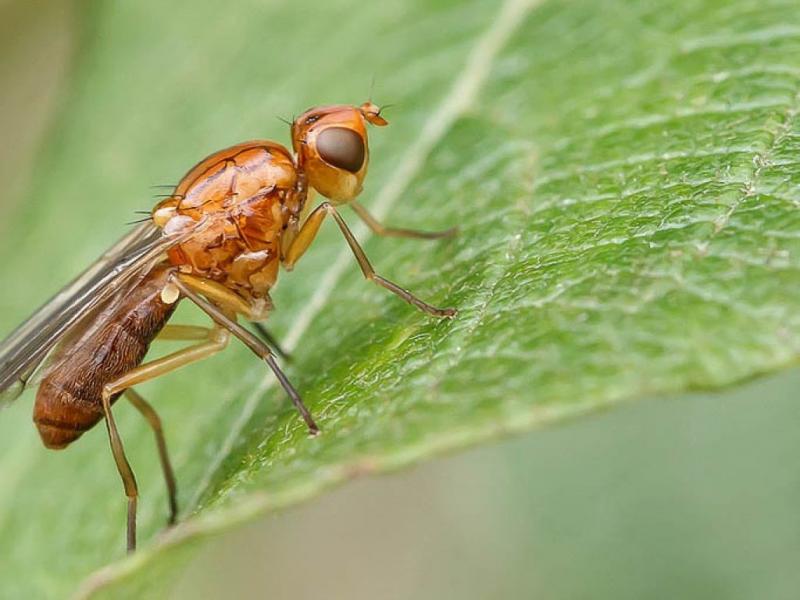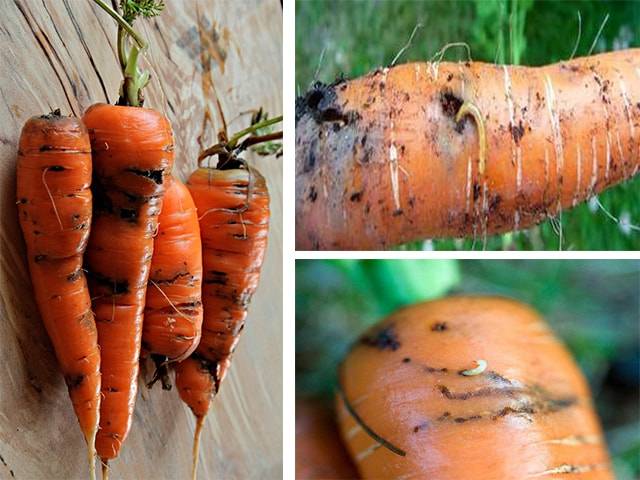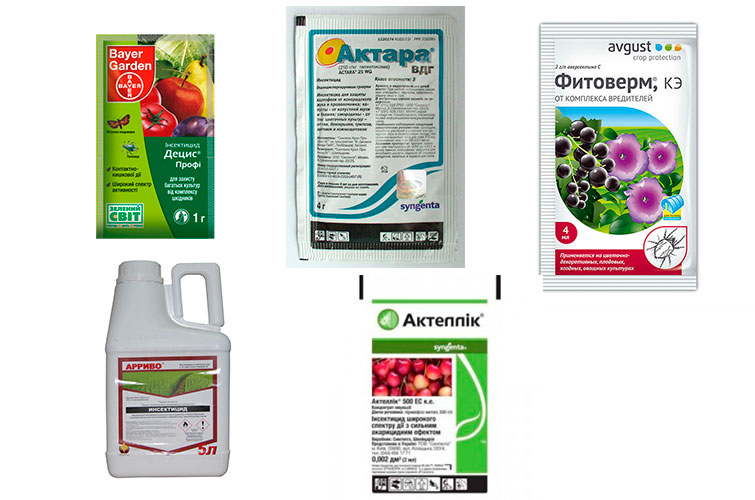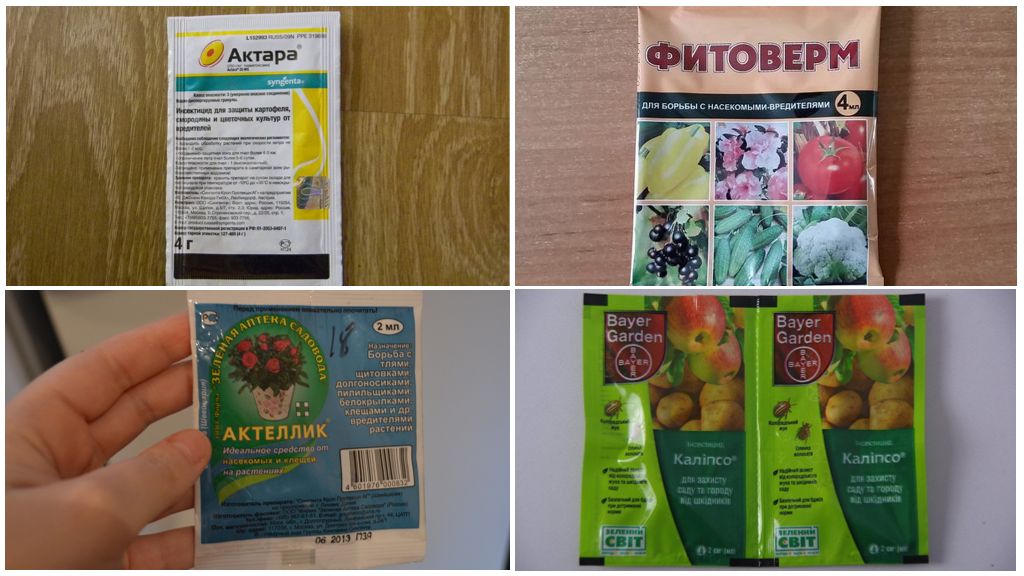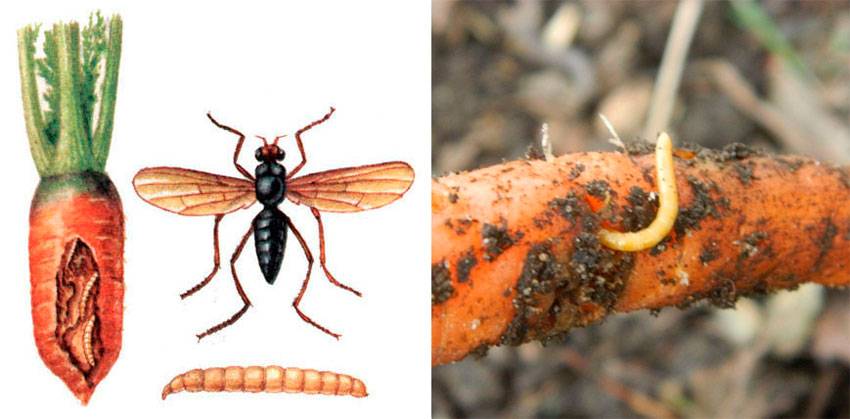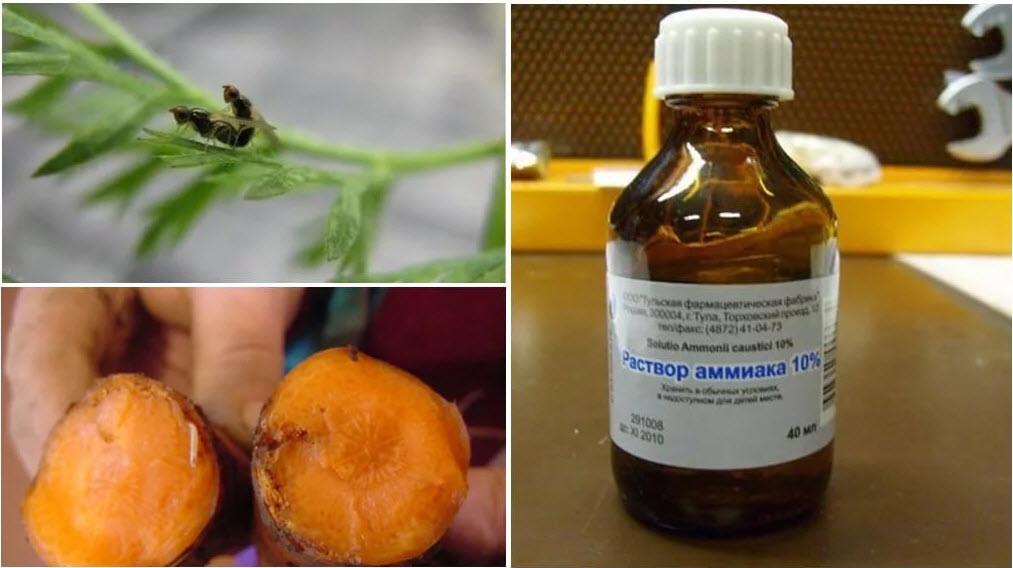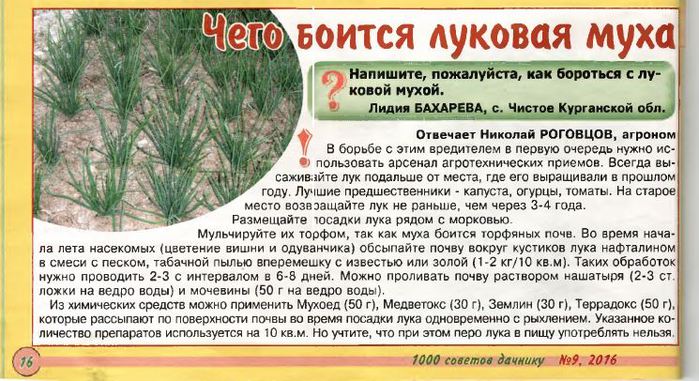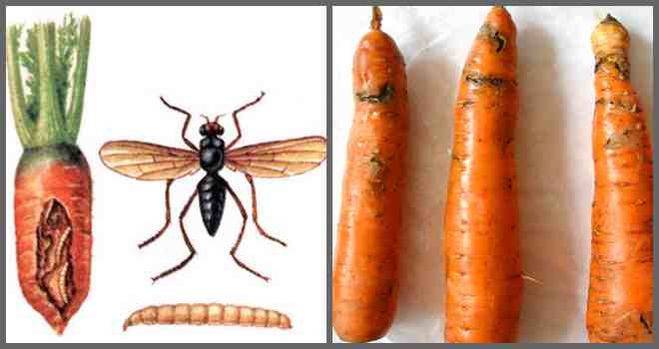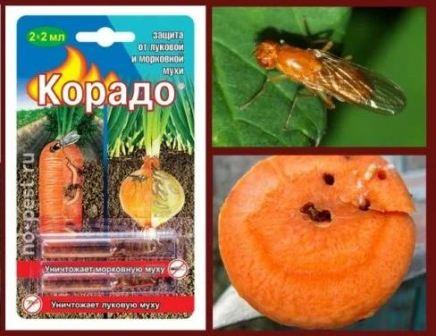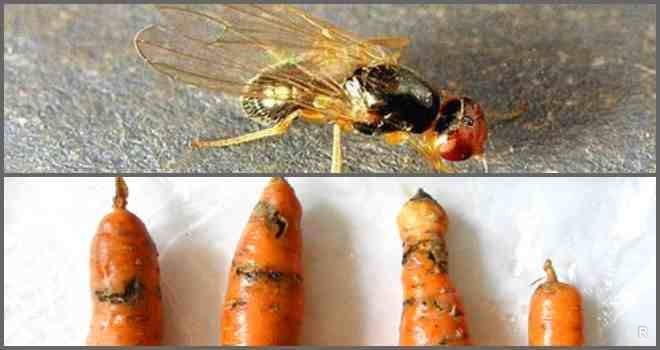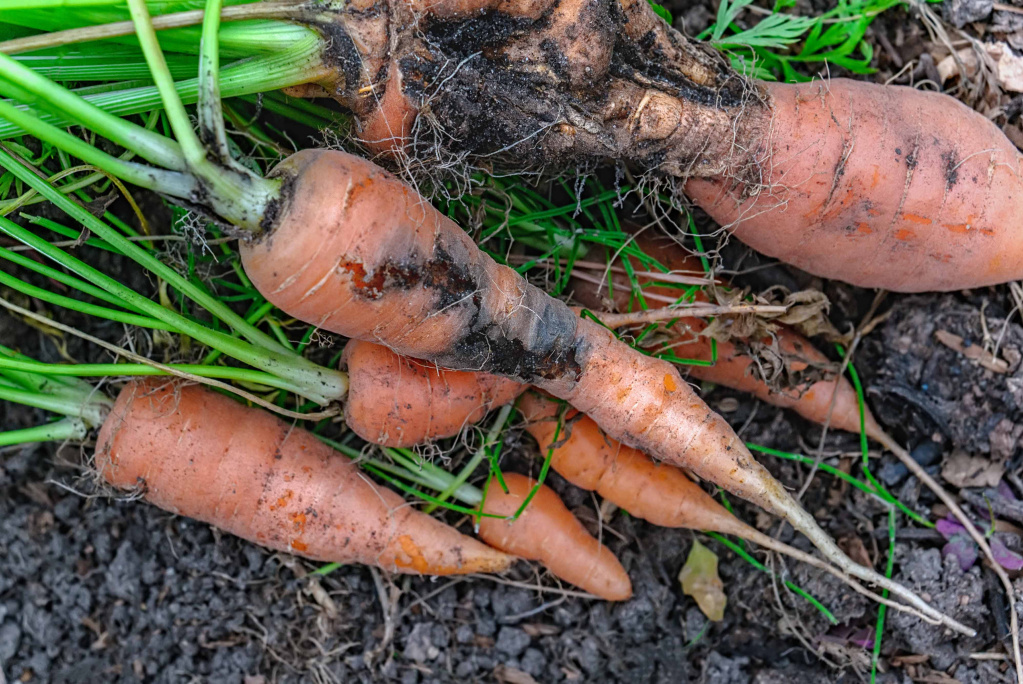Prevention and how to deal with carrot fly
The carrot fly is very fertile, and the hatched larvae immediately penetrate into the vegetable. Because of this, it is almost impossible to fight the pest with insecticides. Therefore, preventive measures come to the fore in the fight against the pest. Moreover, all actions must be carried out in advance.
What if the carrots are already growing? It is necessary to secure the planting as much as possible, since the pest can destroy the entire crop. Rather, not to eat, but to damage all crops. There are certain tricks and nuances that will help to avoid or minimize the consequences of the pest.
Sowing
Sowing carrots is carried out in 3 terms: in early spring, in summer in late May - early July, and before winter. Experts agree more that the best option is summer sowing. So the harvest of this sowing period is guaranteed to last until next spring. It will keep better than one planted in early spring. And this period maneuvers between the summer flies.
Planting carrot seeds next to onions, garlic, tomatoes is well recommended - the pest does not tolerate their smell. Try to sow carrot seeds as rarely as possible so that you do not have to thin out the planting later.
To avoid stagnation of air and high humidity, make rows for sowing seeds at a distance of at least 30 cm. This way the carrots will not be shaded and moisture in the plantings is excluded.
In the spring, after sowing the seeds, cover the garden bed with a covering material, it will protect from the pest and also retain moisture longer.
Crop rotation
Carrot fly larvae can live in soil for up to 3-4 years, or even longer. Therefore, it is best not to plant carrots in the same place for 3-4 years.
Thinning
To avoid the process of planting thinning, it is rational to sow granular seeds, or stick them on the tape in advance.
Thinning of plantings is carried out in the evening, on damp ground. And the first thinning is best done without pulling the seedlings out of the ground, since when thinning the seedlings, flies flock to the smell. It is better to carefully cut off their tops at ground level, under the spine. Pulling the seedling out of the ground, a hole remains in its place, into which the pest lays eggs. Later, the larvae penetrate the root crop, damaging it. The appearance of the root crop and its taste suffers.
Loosening the soil
Loosen the soil between the rows throughout the season. Carrots must be completely underground. The exposed part of the root crop is covered with earth so that the fly has no chance of laying eggs. Remember to remove weeds in time. Weeds thicken the planting, creating optimal conditions for flies to reproduce.
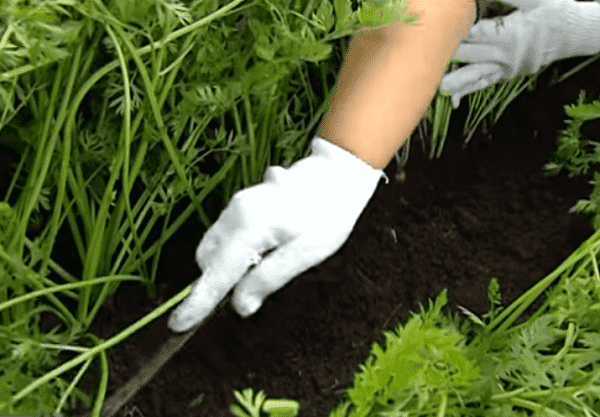
Prevention measures
First of all, in order to prevent the appearance of pests and their development, it is necessary to observe the correct agricultural techniques for cultivating carrots. To prevent the development of carrot flies, the following agro-technological methods are used.
- Deep autumn plowing of the soil on the site or deep digging of the beds. This technique allows you to break up lumps of soil, loosen it, provide oxygen access and prevent the larvae from overwintering. In loose soil, they will freeze in winter.
- Compliance with crop rotation. Sowing carrots annually in a new place can reduce the number of pests and disease incidence.
- Weeding and loosening. These measures improve soil aeration, disrupt and destroy the clutches of carrot fly eggs.
- Maintaining cleanliness on the site. Get rid of cut grass, plant debris and weeds. The smell of rot and fermentation attracts carrot flies.
- Removal of infected plants. Thinning of diseased plants allows the destruction of larvae and clutches with eggs.
- Peat mulching.The carrot fly really does not like peat in the soil, so adding it to the garden will scare away the pest.
- Reducing the seeding rate of seeds. In pest-free beds, you can sow carrots with any seeding rate. If a fly affects the carrot beds, and annually spoil the harvest, then sowing should be carried out, reducing the seed rate. Dragee seeds work well and are convenient to sow one at a time.
The time cycle of the carrot fly
The insect can be distinguished by the following external features:
- the body of the fly is black, shiny, reaching a length of 4.5 mm, it is covered with light, whitish down;
- the head is red-yellow in color, the legs and tentacles are yellow;
- the bristle on the antennae is fluffy;
- wings are transparent with veins of yellow-brown color, wings are longer than abdomen.
The first flight of flies begins in early spring. During this time, they lay eggs around the young carrot sprouts. The hatched larvae make their way to the root of the plant, where they receive food for the entire period of growth.
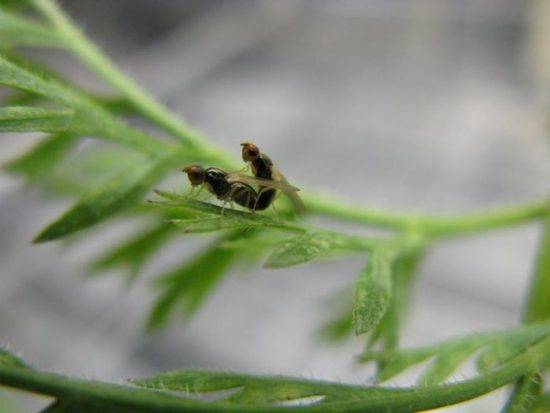
The larva is a body 5 mm in length, whitish-yellow, legless and headless, tapers in front, and on the posterior rounded part has two black processes with spiracles. Then, already grown individuals, come to the surface, pupate and turn into a fly. The second generation goes through the same life cycle; in the fall, the larvae pupate and overwinter in the soil.
How to deal with carrot fly in the garden
Unfortunately, this insect is not destroyed as easily as we would like. But no matter how unpleasant and insidious pest the carrot fly is, you can also fight it quite successfully. Three methods are widely used: agrotechnical, chemical and folk. Each method has its own advantages and disadvantages.
Did you know? Not so long ago, an alternative method of controlling carrot fly in the garden appeared, which has already proven its effectiveness. It is based on the inability of this insect to rise high in the air. Fence the beds on which root crops attractive to the pest are planted with a special structure made of a fine-mesh net, the height of which will not exceed 0.5 m. The fruits will grow tasty, healthy and clean.
Agrotechnical method
A complex of agrotechnical measures will serve as an excellent protection of carrots from carrot flies. It includes the following actions:
- Do not use fresh manure to fertilize your garden beds. After introducing organic matter into the soil, it is necessary to wait a year before sowing carrots in this place.
- Cover the garden bed with some kind of covering material (agril, lutrasil, spunbond, etc.).
- Use factors that are unattractive to the carrot fly, for example, it does not like the smell of onions, so plant this crop next to it.
- Periodically loosen the aisles without exposing the roots.
- Water the plants sparingly and sparingly, removing weeds regularly. Weed thoroughly no later than the plants have 2 true leaves.
- These pests are attracted by the carrot smell, so when weeding and thinning, do not leave the weeded plants in the aisles.
- Remove wild umbrella crops from the area.
- Crop rotation is also used as protection against carrot flies, sowing carrots at a distance of 500-1000 m from the previous place of growth and returning to the previous place only after 2-3 years, since the fly is not able to overcome such a distance, this will help get rid of it.
- Sow root crops initially not densely (shaded areas will become a hotbed for the spread of insects) and timely thin out and mulch with peat.
- In the fall, dig deeply, turning over large layers of soil. Thanks to this, insects will freeze over the winter.
The use of chemicals
If the frequency of infection is higher than 1 larva per 20 plants, it is recommended to use chemical preparations for carrot fly. This refers to various insecticides. They are mainly used during the mass summer of pests.When processing, be sure to follow safety rules and adhere to the dosage indicated in the instructions or on the packaging.
Be sure to treat not only the root crops themselves, but also the weeds nearby. A single use of such funds is usually sufficient.
Before sowing, it is necessary to treat the carrot seeds with soil rot treatments, which can be effective against carrot flies.
Important! The fruits of the treated plants can only be eaten after 3 weeks. During this time, chemicals are decomposed into safe components.
Folk methods of dealing with carrot fly
Traditional methods are also considered effective. There are quite a few of them, but we will now describe only a few.
- During the egg-laying period, treat the rows between the plants with mustard powder, tobacco dust, black or red ground pepper.
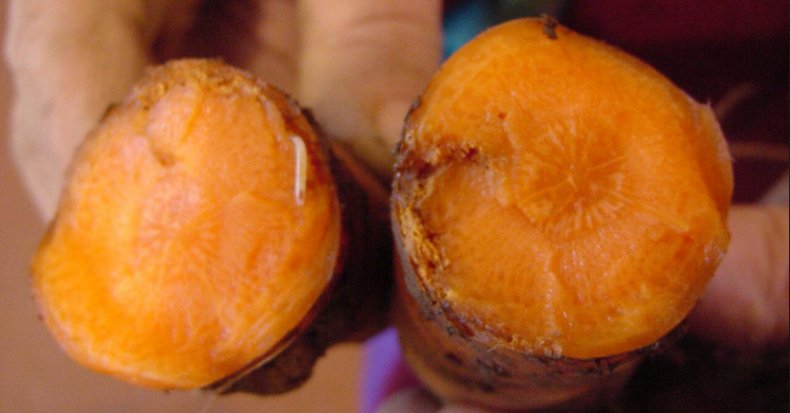
Fighting carrot fly in the summer is also possible with folk remedies. Spraying with onion or garlic tinctures will do. For cooking, take 300 g of onion / garlic, chop finely, pour 2 liters of boiling water and leave for a day, then add 10 liters of water and 30 ml of liquid soap to the concentrate.
A decoction of tomato tops also helps. For him, you will need to grind 4 kg of such tops and pour 10 liters of water over them. Boil for half an hour and let it brew for 4-5 hours. Strain and add 50 ml of liquid laundry soap. Dilute every 3-5 liters of the resulting infusion 10 liters of water.
Wormwood infusion is also considered a good remedy for carrot flies. To prepare it, chop fresh wormwood and pour 10 liters of boiling water into it, let it infuse, and then strain and divide into 3 parts. Add 8 liters of water to each part and water the beds. The remnants of wormwood can be laid out between the rows. After this treatment, the flies will not appear for about 4 weeks.
What you need to know about the carrot fly
First of all, the gardener needs to know what a carrot fly looks like in order to timely notice the appearance of an insect, as well as to study the life cycle and developmental features at various stages.
The size of an adult is 4-5 mm. The body is shiny black, the head is brown, the wings are transparent. Eggs are oval, milky white in color. The adult larva can reach 6–7 mm. They are characterized by a worm-like shape, a light yellow body color and a shiny surface. Pupa 4–5 mm long, light brown in color with well pronounced segmentation.
The main harm is caused not by the carrot fly, but by its larva. However, it is necessary to fight with the imago, because they are able to lay eggs throughout the entire growing season of plants.
For this pest, the wintering phase is the pupa, which spends the winter in the soil at a depth of 25 cm.Despite the high percentage of pupae death during deep freezing of the soil, the harmfulness of the insect is very high, so the question of how to protect carrots from carrot flies arises every year.
Insects emerge from pupae in spring when soil temperatures reach 10 ° C. Already at the beginning of May, the first flies begin to appear, but the mass emergence of the first generation of adults can be observed from mid-May to June. Under favorable summer conditions, the whole summer can take place.
The carrot fly begins to lay eggs at the end of May and can produce up to 120 eggs during its life. The adults place their eggs at the root collar of the plant or at a short distance from it in moist soil. With a large number of pests, there may be more than 10 eggs per plant. At a humidity of more than 60% and an average temperature of 21-24 ° C, larvae emerge from the eggs in 4-7 days, but at lower temperatures, the duration of the embryonic period can extend to 17 days.
The larvae begin to feed by making moves in the roots.Within 20-25 days, they develop and increase in size, and when they reach a certain age, they go out into the soil and pupate in the upper layer at a depth of 10 cm.
The second generation of flies emerges from the larvae at the end of July - August. They manage to lay eggs, but the larvae that emerge from them do not always have time to develop to pupa and remain in the soil for the winter. Some of the infected root crops, already in storage, continue to be damaged by carrot fly larvae that did not have time to complete their life cycle in the ground. Even at low temperatures, they continue to develop and soon pupate.
When the carrot fly appears, you can determine with the help of plant markers. The mass flight of flies coincides with the flowering time of black chokeberry and bird cherry.
Folk methods
Sparing natural remedies do not harm the environment and are safe for humans
In the early stages of the lesion and in cases where there are not many carrot flies on the site, it is recommended to pay attention to such recipes
Mint with garlic
The pungent smell of garlic and the aroma of mint will scare away the pest from the beds for a long time. To prepare an effective spray at home, follow the step-by-step instructions:
- A few mint leaves and 2 garlic cloves are chopped in a food processor or blender.
- To enhance adhesion, add a few drops of dish detergent to the mixture.
- To enhance the effectiveness of the spray, a couple of pinches of cayenne pepper are also sent there.
- Bring the composition to a boil and leave overnight to infuse well.
- Next, take a conventional spray bottle and pour the resulting product into it. Infected beds are regularly treated.
Coffee grounds
Do not rush to throw away the leftover coffee grounds. Such a remedy is deadly for the pest. A little water is added to the residues and the affected carrots are watered abundantly.
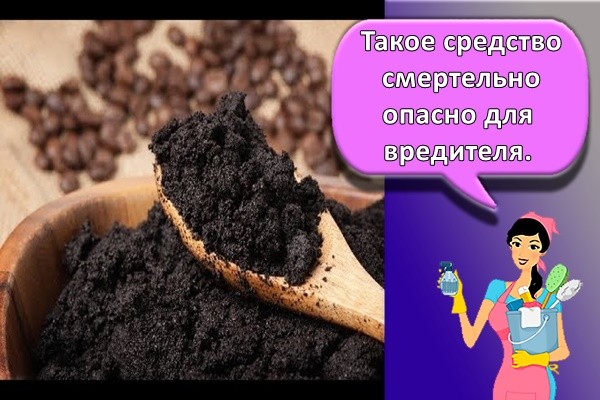
Oily spray
Aromatic oils have a negative effect on the insect and make it look for other habitats. For a carrot fly spray, use rosemary oil, mint, eucalyptus, cloves, and lavender. Mix and pour into a spray bottle. The beds with the future harvest are regularly treated, preventing the adult carrot fly from laying the larvae in the ground.
Pepper spray
You can use both red and black pepper for the recipe. The main condition is that it must be finely ground. Take half a liter of water and 5 pinches of pepper. Put on fire and boil for 15 minutes. Adhesive is added and cultivated plants are treated regularly.
Salt water
A simple and inexpensive way to get rid of the pest is to use salt water for treatment. Take a 10-liter bucket of water and dissolve 380 grams of salt (about one and a half glasses) in it. The beds are sprayed in early June, re-treatment is carried out after 2 weeks, but with a higher salt concentration (450 g). After another 2 weeks, the amount of the active ingredient is again increased to 600 grams and the carrots are sprayed again.
Dandelion solution
Dig up the dandelions with the roots and separate them from the top. A bucket of water will need 200 grams of roots. Within a week, the composition should be infused. After that, the beds are treated with a 2-week break until the parasite is exterminated.
Potassium permanganate
Potassium permanganate has also been shown to be effective against carrot flies. Dissolve 2 grams of potassium permanganate in 10 liters of water and spray the planted carrots.
Wood ash
Wood ash is mixed with tobacco dust and sprinkled with this powder on plants and aisles. For 1 glass of ash, take a teaspoon of dust. You can enhance the effect of the composition by adding a teaspoon of ground red pepper.

Kerosene
Refined kerosene is used to fight the pest by watering furrows with it. The main thing is that the agent does not get on the plants themselves, then there will be no smell from the vegetables in the future.
Ammonia
The benefits of using ammonia are twofold. In addition to being an effective carrot fly control, it is also an excellent crop fertilizer. To prepare an effective composition, a teaspoon of ammonia is poured into a bucket of water and the beds are treated with this agent.
Preventive methods of dealing with carrot fly
Preventive methods are understood as actions aimed at creating conditions that make it difficult for carrot flies to appear on the site. These include the following measures.
- Compliance with crop rotation. Changing the sowing sites of crops helps to reduce the pest population. It should be remembered that plants belonging to the same family should not be planted in the same place for several years in a row.
- Removal of weeds from the umbrella family. Weeds such as clover and dandelion provide additional food for adult flies.
- Early sowing dates for carrots. This allows you to get rid of excessive infestation of the fruit.
- The location of the ridges in sunny ventilated areas. The fly does not like dry places, and eggs are more difficult to ripen in such areas.
- Periodic weeding and loosening of rows and row spacings, in addition to improving gas exchange in the soil, leads to disruption and destruction of clutches.
- Thinning and removal of damaged and diseased plants. Thus, pests in the larval stage are destroyed.
- Removing plant residues from the garden and keeping the site clean. Fermentation odors, dampness and decay attract not only carrot flies, but many other pests as well.
- Laying peat mulch on ridges. The carrot fly does not like the content of peat in the soil.
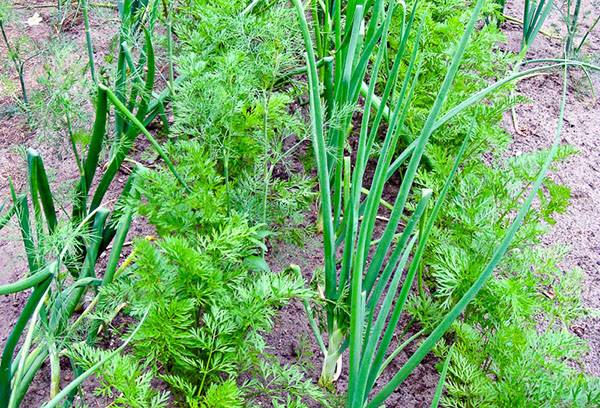
Description and life cycle of the onion fly
The insect looks like a housefly, only smaller in size. Therefore, it is so difficult to identify a tiny midge and to prevent the consequences of its sabotage in time. The female reaches a length of 6-8 mm and has a light gray color.
At the beginning of the season, the onion gnat lays its eggs in the ground between the beds or on the bulb head protruding above the surface. The insect can lay up to 15 eggs at a time. After 3 days, white larvae hatch, up to 10 mm long. They gnaw their way into the onion head and eat it. After half a month, the parasites leave the spoiled fruit and go deep into the soil to a depth of 10-15 cm.
After two weeks, they pupate and young flies appear, ready to lay larvae again. This process can last throughout the summer. Usually the insect gives the first generation in June, the second in early August. In warm regions, the fly can give birth to up to three generations per season. In the South of the country, the harm from the insect is much greater, since there are the most favorable conditions for its existence and development.
Note! In addition to onions, flies can also harm garlic, chives, and leeks. Spoiled vegetables are no longer suitable for cooking and must be disposed of
It is necessary to fight the onion fly, otherwise several generations of the pest can ruin the entire seasonal harvest. Moreover, it is necessary to start the fight immediately, after detecting the first signs of the appearance of an insect on the site.
Carrot fly is a pest
As the saying goes: "You need to know the enemy by sight." So, the carrot fly is the worst enemy of the carrot. The carrot fly is a rather difficult pest and it is not easy to get it out. It appears in the spring just when apple, lilac and mountain ash begin to bloom. By warmth, the carrot fly begins to lay eggs, and this continues all summer. During harvest, many larvae remain inside the fruit. You will be "pleasantly" surprised by their presence when you cook the soup. If such a vegetable is stored next to an unaffected vegetable, you will experience great disappointment and a lot of spoiled food.
Signs of carrot fly damaged fruit
It is not difficult to guess that carrots are destroying the worst enemy, this will be indicated by a list of such signs:
- yellow, dried tops;
- the fruits become purple-red;
- larvae can be seen at the root collar;
- carrots begin to crack and rot;
- bitter taste and disgusting smell of the fruit.
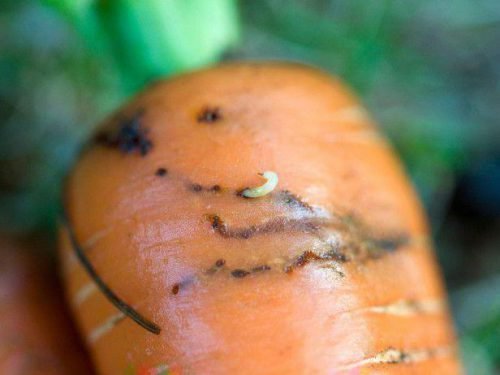
The carrot fly can destroy the entire crop of not only carrots, but also other root crops
These signs cause a person to sound the alarm and take the necessary measures to combat the pest. If you notice at least one of the listed signs in your garden, make sure that it is a carrot fly, and not something else. After all, the wrong method of dealing with a pest can aggravate an already unpleasant situation.
Reasons for the appearance of a carrot fly
Nothing happens for no particular reason. Even the appearance of a carrot fly has its own reasons. And they are:
- Planting carrots in the same place every year. The larvae that did not have time to hatch become pupae and are in the ground all winter. With the first heat, they turn into flies.
- The landing site is located in an area with high humidity.
- Insecticide abuse. Frequent or improper treatment with a chemical substance of the territory of planting carrot seeds entails the death of both harmful and beneficial insects, which just feed on flies.
- Untimely processing of the land plot.

The carrot fly, or rather their larvae, is the worst enemy when growing carrots.
If you have made such mistakes, and the carrot fly has already settled in your fruits, let's take measures to combat it.
Where does the pest come from
The first reason for the massive spread of the pest is the lack of a competent crop rotation. If you plant carrots on the same bed for several years in a row, a huge number of insect pupae accumulate in the soil, which turn into adult flies and damage the future harvest.
If you thoughtlessly use pesticides in the garden, you can disrupt the biological balance, and together with harmful insects, destroy useful ones, among which there are many natural enemies of the carrot fly. Affected root crops crack, an unpleasant odor appears, and the vegetable begins to taste bitter. These are the consequences of the influence of the parasite larvae. Also, the foliage changes its color from bright green to yellow and subsequently dries up.
Life cycle
The insect hibernates in the soil, in the form of a pupa. If root crops suddenly remain in the field, the larvae preserved in them can also successfully overwinter.
When the air temperature reaches + 15-17 ° C, flies start flying. This pest loves the shade, it is found in damp, shaded places, near water and hedges made from live shrubs. In open areas, the fly is less harmful.
The emerged insects lay eggs in May: from the 15th to the end of the month. If the spring is cold, laying can occur in early June, when a couple of leaves appear on the carrots. Females lay their eggs in the ground near the plants.
Individual insect individuals live for about 12 days. Their summer and egg-laying period is 1-1.5 months.
The larvae appear 4-17 days after the eggs have been laid. It depends on the temperature. They feed on plant juices for about 3 weeks, after which they crawl into the soil, where they begin to pupate.
Having pupated, insects crawl to the surface. They form the second generation of garden pests. Their years begins in mid-July and ends in mid-August.
Females lay their eggs in densely growing crops. In autumn, some of the larvae have time to pupate, while others, with the harvest, end up in storage, where they continue to damage it, feeding on the juice of vegetables.
Important: The danger of an insect is that root crops damaged by its larvae cannot be stored for a long time. As a result, most of the crop dies.
Reasons for the appearance
The main reason for the increase in the number of pests is considered to be non-observance of crop rotation. Growing carrots in one area annually contributes to the accumulation of pupae and carrot fly larvae in the soil. In addition, since carrots are grown in one place, the larvae always have something to eat during their developmental cycles. Experts call the second reason an imbalance between the number of carrot flies and its natural enemies.
The imbalance is caused by careless handling of chemicals, which can lead to the death of predatory insects that feed on flies. The small size of the pest does not allow you to immediately find it in the beds
Therefore, the appearance of a pest can be determined only by the results of its vital activity.
The small size of the pest does not allow you to immediately find it in the beds. Therefore, the appearance of a pest can be determined only by the results of its vital activity.
- Coloring of carrot leaves. Plants damaged by a carrot fly have a lilac color of tops. At first, the leaves turn red, then take on a lilac hue, turn yellow and finally dry out.
- During the thinning of carrot plantings or harvesting, tunnels and holes are visible on the root crops.
- Root crops crack, rot, have an ugly shape, and an unpleasant odor.
Control methods
When a carrot fly appears, all possible means must be used to combat it. They can be conditionally divided into agrotechnical and chemical. Folk methods of pest control are most often a hybrid of the two previous ones, suggesting the use of improvised means.
Chemicals
At the moment, the chemical industry has released many carrot fly remedies. The drugs must be used exactly according to the instructions and with the use of protective equipment - gloves and masks.
The most popular insecticides today are Aktara, Aktellik, Arrivo, Vantex, Decis
It is important to remember that after chemical treatment, at least three weeks must pass before root crops can be eaten!
Agrotechnical means
These measures to combat harmful insects are applied, as a rule, even at the sowing stage: there are several preventive rules that can help protect future plants. Of course, none of them is a 100% guarantee, but they are quite capable of reducing risks.
You can surround plantings with a high (at least 0.6-0.8 m) dense barrier to prevent pests from flying freely
This is especially important during the period of oviposition, starting around July. Carrots or other crops should not be sown too densely: the plants should receive enough sun and fresh wind, while the fly likes shade, moisture and coolness
For the same reasons, it is recommended not to plant crops in lowlands where water will accumulate, and to arrange moderate watering: no more than once a week. Carrots can be planted in an area where previously onions or garlic grew
Carrots or other crops should not be sown too densely: the plants should receive enough sun and fresh wind, while the fly likes shade, moisture and coolness. For the same reasons, it is recommended not to plant crops in lowlands where water will accumulate, and to arrange moderate watering: no more than once a week. Carrots can be planted in an area where previously onions or garlic grew
And also onions or garlic can be planted between the rows of planted carrots - their pungent smell will help scare off pests. Before planting, it is necessary to thoroughly loosen the soil: this will help some of the pupae to be on the surface, where they will die. All damaged and rotten plants must be removed from the garden and destroyed. Fly resistant varieties can be used: Vitamin 5, Perfection or Calgeri hybrid.
Folk remedies
Sometimes circumstances develop in such a way that it is impossible to use chemicals.Then there is nothing else to do but get rid of the carrot fly with folk remedies. They are best suited if you need to cultivate a small piece of land, for example, a summer cottage garden. The weak point of this pest is a dislike of strong odors, therefore, various odorous substances are successfully used in the garden to effectively combat carrot flies.
- Wormwood infusion: 300 g of fresh wormwood are poured with 10 liters of boiling water, infused for 30 minutes. Watering with this composition can be both prophylactic and to get rid of insects.
- Onion or garlic infusion: 300 g of onion or garlic are chopped, put into a deep container, where 2 liters of boiling water are added. The resulting mixture must be carefully closed and insisted for at least a day. The resulting infusion is filtered, after which it can be sprayed on the beds.
- Dusting the rows is good for pest control. It is used twice a year: in spring and summer. Dry mustard, tobacco dust, red or black pepper can be used as a powder.
- The use of kerosene. This method is popular among summer residents: 100 g of kerosene is combined with a liter of water, and the plants are sprayed with the resulting mixture. You can even sprinkle a small amount of sand with kerosene and scatter it between the carrot rows. However, it should be borne in mind that this method is not very suitable for large areas, since it increases the risk of fire.
Carrot fly control methods

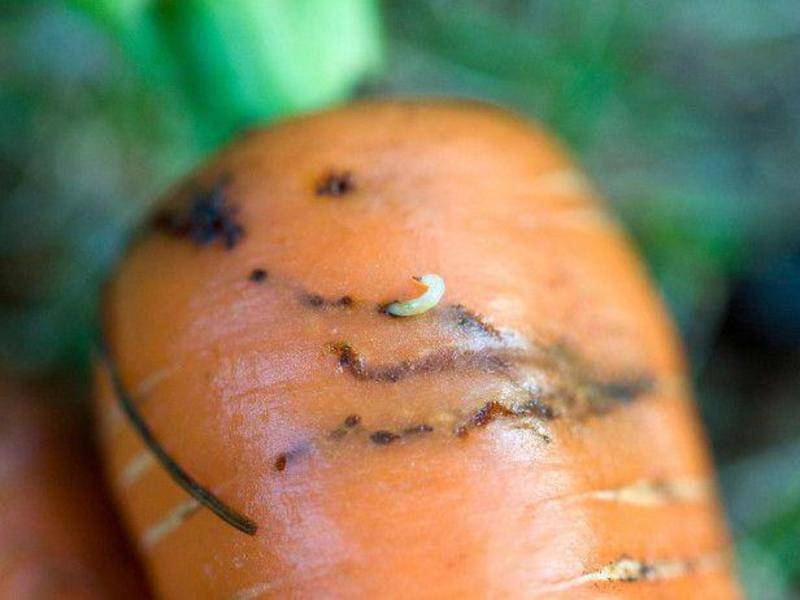
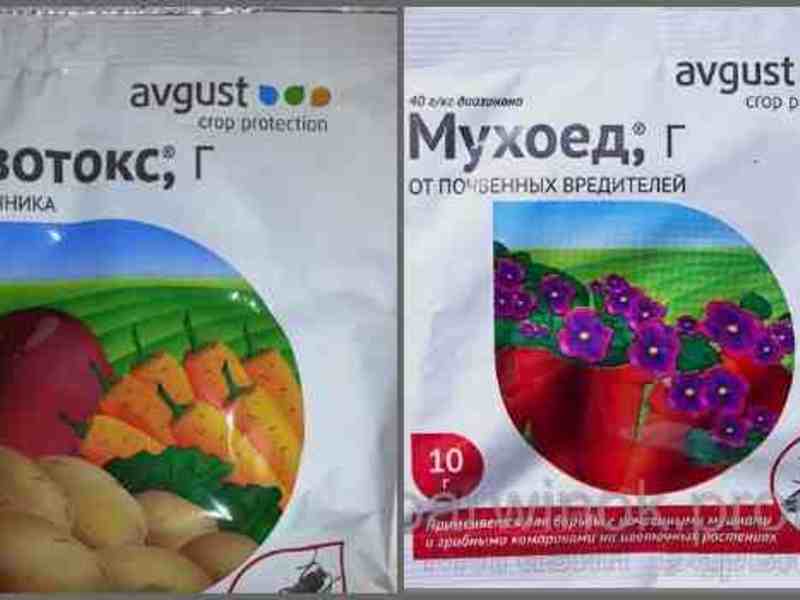
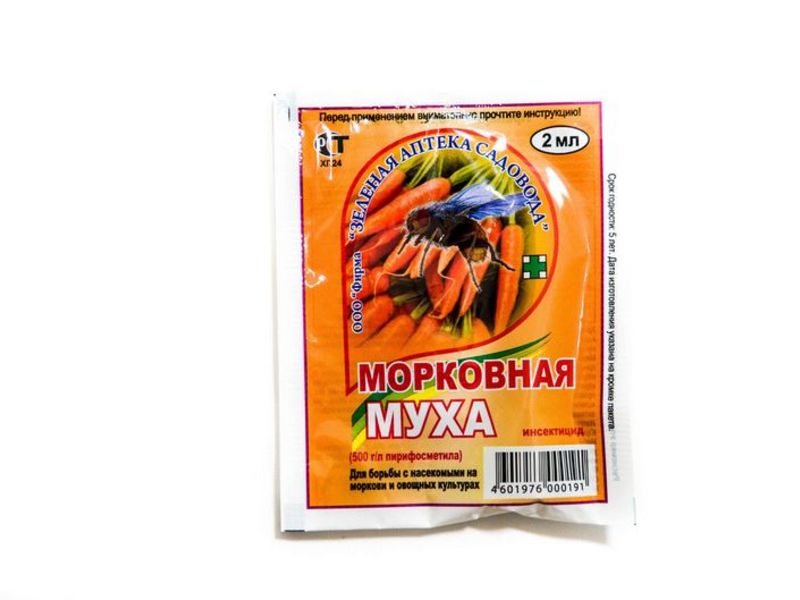

Prevention of the appearance
Helpful hints:
- decoctions based on plant components, agrotechnical measures reduce the risk of a carrot fly infestation;
- a decoction of wormwood, tomato tops, infusion of garlic or onion is suitable for processing the beds;
- the less chemistry, the better, but if the soil is heavily contaminated, you will have to spray one of the effective insecticides;
- autumn tillage with the obligatory digging of the soil to a great depth will protect the garden from the larvae of carrot flies lurking in the soil;
- when choosing a place for the beds, the owner must take into account the rules of crop rotation, choose the optimal combination of plants.
An integrated approach to protecting the garden from annoying carrot flies is a prerequisite for preserving the harvest. Preventive measures and timely control of harmful insects will allow you to preserve juicy root crops, prepare a sufficient amount of carrots for the winter.
Many gardeners are faced with such a pest as a carrot fly on their plots. The following video is dedicated to the fight against it:
How to process carrots from carrot fly
To combat flying insects, which are also carrot flies, drugs with an active active ingredient - diazinon are used. It belongs to insecticides of nerve action, blocks the normal transmission of nerve impulses, disrupts the work of the nervous system of pests. This leads to muscle convulsive activity, the development of paralysis and the death of insects. Among them
- Flycatcher - the product is used for all types of insects and their larvae that live in the soil. Pests die within 2 - 3 days after application. The agent does not accumulate in the soil. It is safe for vegetables.
- Barguzin - destroys even insects in intermediate stages of development and larvae. Indispensable in the fight against ants and wireworms. To control flies, the Barguzin insecticidal lamp is also used.
- Provotox - has an active toxic effect on the intestinal tract of the pest, inhibits the production of enzymes responsible for nerve impulses. It causes functional disorders of the nervous system, which leads to paralysis. After eating the bait granules of the drug, active larvae die before they reach the age of reproduction. The number of the pest is gradually decreasing.
Biological remedies
This is the most acceptable way to fight and an excellent alternative to chemistry. Biologicals are safe for health.
The most effective is the drug "Aktofit".
- In five liters of water, 10 ml of a biological product is diluted.
- The beds are sprayed at the rate of 5 liters per one hundred square meters of the surface.
- Be sure to add adhesives to the solution.
It is important to know that it is better not to use a sprayer, in which there was chemistry, for biological products - the effectiveness drops significantly. By combining preventive methods and the use of remedies, you can get a good harvest
In this matter, the system is very important
By combining preventive methods and the use of remedies, you can get a good harvest. The system is very important in this matter.
Preventive measures
To reduce the likelihood of being hit by a carrot fly, you need to follow some rules.
- Agrotechnics. In beds that do not loosen or remove weeds, the likelihood of being hit by a pest is much higher. It is better to prepare a site for planting root crops in the fall. It is necessary to carry out deep plowing or digging of the soil so that insects cannot get to the surface in spring.
- Observe crop rotation. To avoid the appearance of flies on carrots, you need to sow root crops after tomatoes, garlic or onions.
- Choose the right site. Do not sow root vegetables in shady, damp areas, but choose a sunny and open place.
- Selection of varieties. A lot depends on the choice of the variety in the cultivation of vegetables. It is necessary to choose varieties that are zoned in the growing region that are resistant to this insect.
- Sowing density. When sowing dill, celery and parsley, which are also affected by this pest, you need to sow crops not too thickly.
- Observe the watering regime. Waterlogging of the soil contributes to the reproduction of the pest. Therefore, it is necessary to work out the irrigation regime and not to lower the waterlogging of the soil.
- Presowing treatment. Before sowing seeds, you can treat them with special preparations that will help fight it and protect the seeds.
Most often, these insects are found in the European part of our country. The climate of this region is rather humid and warm, which allows the pest to go through the entire development cycle from pupa to fly.
Flies lay eggs in the beds, the larvae emerging from which feed on plant sap, and then infect root crops, causing great harm to the crop
Therefore, it is important to apply methods to combat it in time, and, if possible, prevent the appearance of insects in your garden.
Thanks to the information received, you learned the most effective methods of dealing with carrot flies in the garden, as well as a number of preventive measures that can prevent the appearance of a pest on the land.

